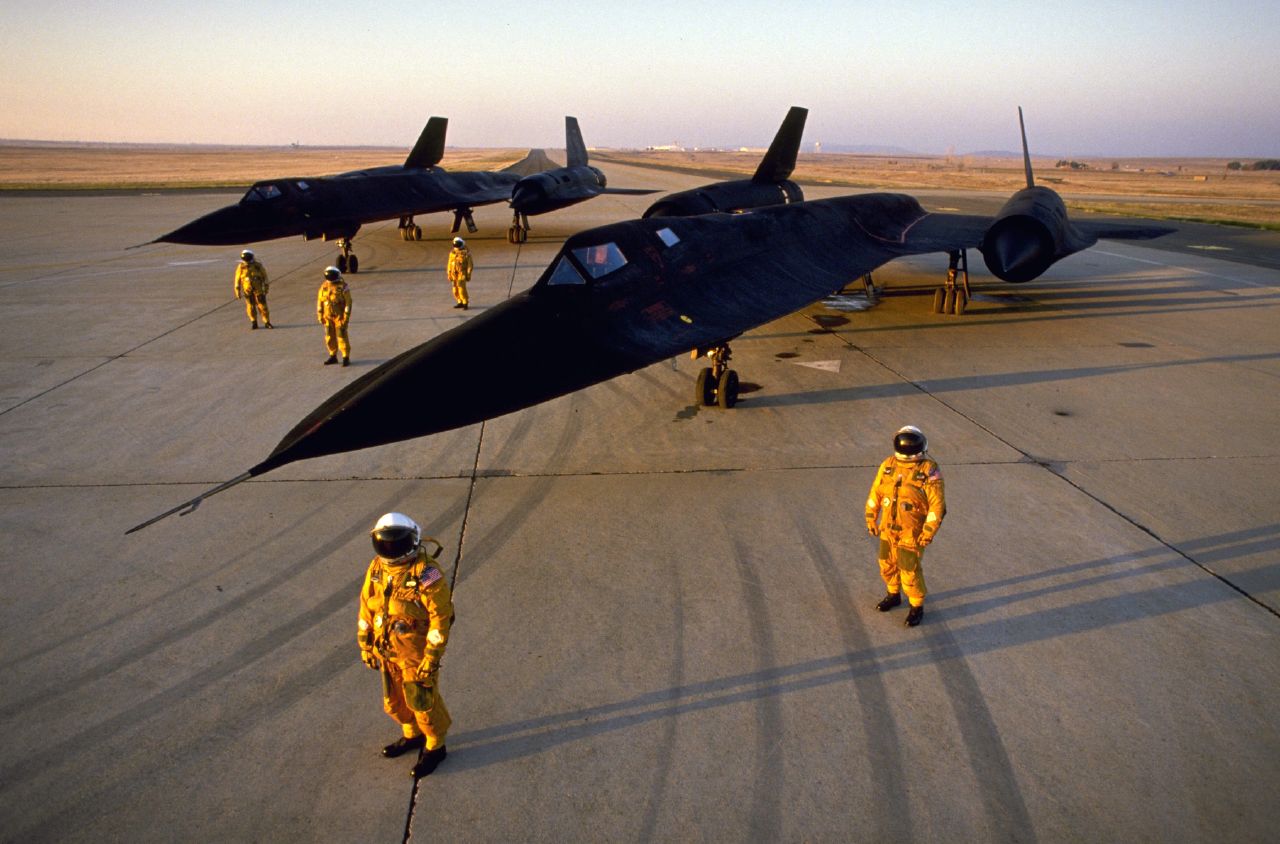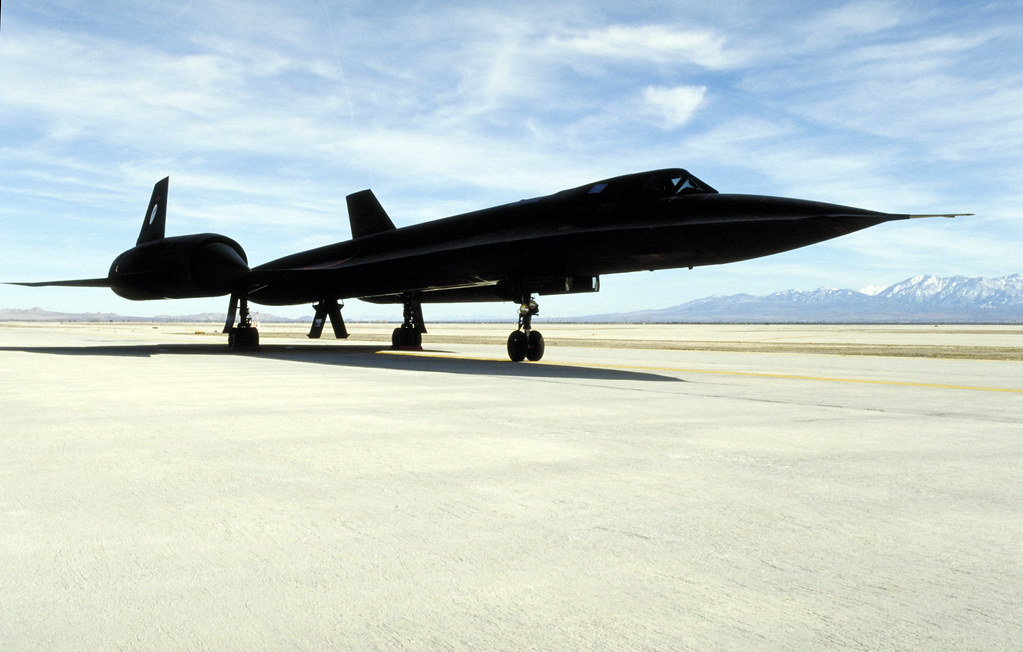 Two F-35C carrier variant fighters refuel from a single KC-130
Two F-35C carrier variant fighters refuel from a single KC-130
For the first time, a pair of F-35C Joint Strike Fighters have
simultaneously refueled from a KC-130 tanker aircraft. The aircraft's
afterburners burn an enormous amount of fuel, so an important part of
most missions will be refueling before or after combat, or both. This is
why the successful dual refueling is an important benchmark for the JSF
family.
 F-35C in hangar
F-35C in hangar
The F-35C is the carrier variant of the F-35 Joint Strike Fighter (JFS)
family. It is ruggedized to survive the harsh conditions found on a
carrier at sea, but maintains the stealth properties built into the
entire JSF family. The F-35C differs from its brethren by having larger
wings, larger control surfaces, and wingtip ailerons that increase the
ability of the pilot to prepare properly for precision carrier landings.
In addition, the F-35C has larger landing gear and a strengthened
airframe to stand up under catapult launches and tailhook landings.
 F-35C on full afterburners at night
F-35C on full afterburners at night
When fully loaded,
the F-35C weighs a bit over 70,000 lbs (32,000 kg) –
about 20,000 lbs (9100 kg) of which is fuel. It is
powered by a single
F135-PW-100 turbofan, which
produces 25,000 lbs (110 kN) thrust without
afterburner, and 40,000 lbs (178 kN) thrust with afterburner. As most
fighters have a thrust-to-max loaded weight ratio of about 80 percent on
afterburner and about 50-60 percent at full military thrust, it seems
clear that the F-35C, at ratios of 57 and 36 percent, is likely to be a
little sluggish.

KC-130J with dual probe and drogue hoses deployed
The Pentagon has just reduced
the performance standards for the F-35C. Among other changes, the
length of time required to traverse the transonic speed range (roughly
Mach 0.8-1.2) has been lengthened by 43 seconds. The benchmark for these
standards is a clean F-16, which takes only about 20 seconds to
accelerate through the transonic regime. The new requirement of over a
minute for the F-35C confirms that it is rather underpowered, suggesting
that in combat missions, it will spend a good deal of time on
afterburner.

The refueling seen from a different angle – notice the drogue nozzles in place in the F-35C refueling ports
Between exploding fuel tanks preventing flying missions near
thunderstorms, being restricted to 5 g turns, cracks in the wings and
flanges, a tendency to catch on fire, a fuel tank venting system that
will not allow steep dives below 20,000 ft (6100 m), and using the same
batteries that have just grounded the 787 fleet, the F-35 Joint Strike
Fighter program has encountered some teething problems. Still, it is
good to know that, whatever comes, if they remain in the air we can
refuel them.


































